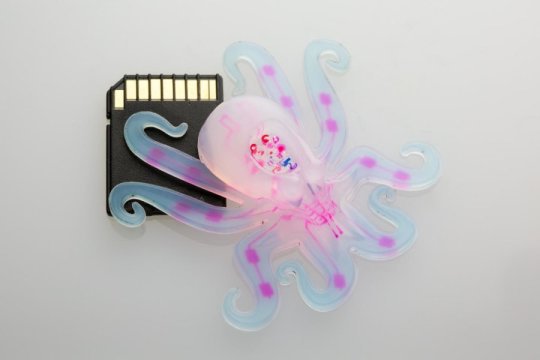This month researchers at MIT’s Computer Science and Artificial Intelligence Laboratory (CSAIL) shared a way to 3D print robots with advanced shock absorbing materials, so that robots can be safer to use and more accurate in their movement.
It uses a Programmable Viscoelastic Material (PVM) that allows the originator of the 3D print file to program the movement and elasticity of each area of the design.
It’s particularly interesting when you think about ‘soft robots’ being created for use in exoskeletal rehabilitation, my knee replacement in a few years just got much more appealing…
But more importantly it really demonstrates just how quickly robotics is moving forwards, we have robotic caterpillars that use liquid crystal elastometer tech, a walking soft robot and as if that wasn’t enough check this little guy out…

Octobot is the first autonomous, untethered entirely soft 3D printed robot!
The Harvard team behind this derived a way to power the Octobot through a chemical reaction controlled through a logic board. They describe this as a ‘hybrid assembly approach’ whereby they create each of the components; circuit board, control panel, fuel storage, power component and fabricate the cushioning exterior using; 3D printing, molding and soft lithography methods.
Mind bending.



